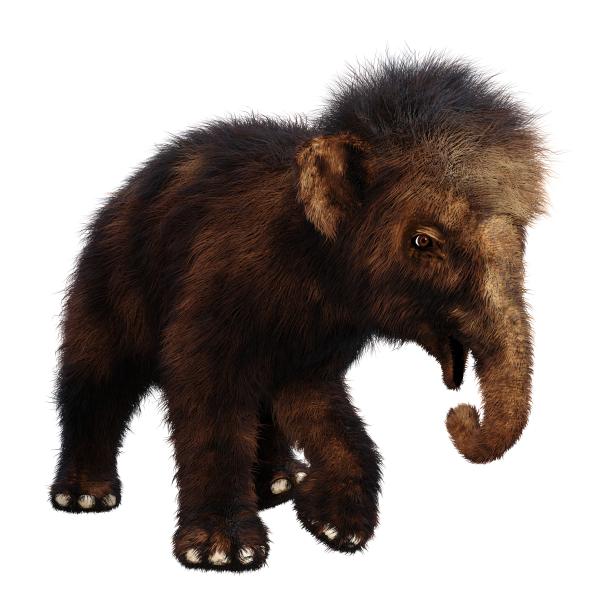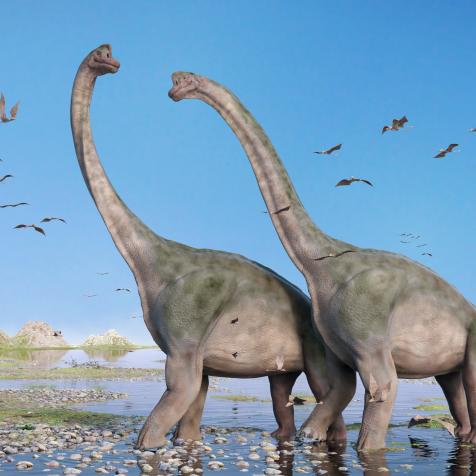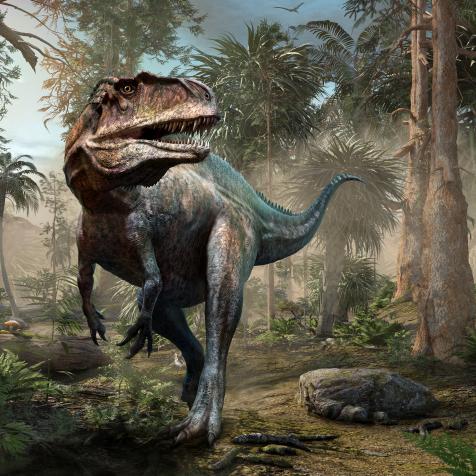
Vac1
Gold Miner Discovers Mummified Baby Woolly Mammoth in Canada
A young miner struck something other than gold while digging in the permafrost of Canada’s Klondike. He stumbled across a 35,000-year-old preserved carcass of a woolly mammoth in impeccable condition.
According to a news release, Elders from Trʼondëk Hwëchʼin, a First Nations group, named the mammoth calf Nun cho ga, which means “big baby animal” in the Hän language.
A quick examination of Nun cho ga revealed she is female and was frozen in permafrost during the Ice Age, almost 30,000 years ago. Geologists found a piece of grass in the woolly mammoth’s stomach, indicating Nun cho ga’s last moments were spent grazing before she died at about a month old.
“It’s amazing,” Tr’ondëk Hwëch’in Elder Peggy Kormendy said in the news release. “It took my breath away when they removed the tarp. We must all treat it with respect.”
With much of the skin and hair intact, this discovery marks the best mummified and first near-complete woolly mammoth ever found in North America. A local paleontologist described it as “one of the most incredible mummified ice age animals ever discovered in the world.”
"She has a trunk. She has a tail. She has tiny little ears. She has the little prehensile end of the trunk where she could use it to grab grass," said Dr. Grant Zazula, the Yukon government's paleontologist.
The Yukon has an internationally recognized record of Ice Age animals. According to the press release, the recovery of the baby woolly mammoth was possible because of the partnership between Treadstone Mining, Trʼondëk Hwëchʼin, and the Government of Yukon.
In the afternoon on Canada’s National Indigenous People’s Day, a miner was digging up muck when he notified his boss that the front-end loader struck something unexpected. The discovery, which was made on traditional First National territory, was called in and two geologists drove to the site at Eureka Creek to recover the mummified woolly mammoth.
"And the amazing thing is, within an hour of them being there to do the work, the sky opened up, it turned black, lightning started striking and rain started pouring in," said Zazula. "So if she wasn't recovered at that time, she would have been lost in the storm."
After the recovery, Nun cho ga was brought to a nearby site where she received a ceremonial blessing from the Tr'ondëk Hwëch'in elders.
"It's a miracle of sorts preserved into the present, a scientific gold mine and simply a beautiful thing,” said University of Alberta paleontologist Michael Caldwell. “For all paleontologists, this is amazing, but for those who work on such things it is breathtaking.”


















